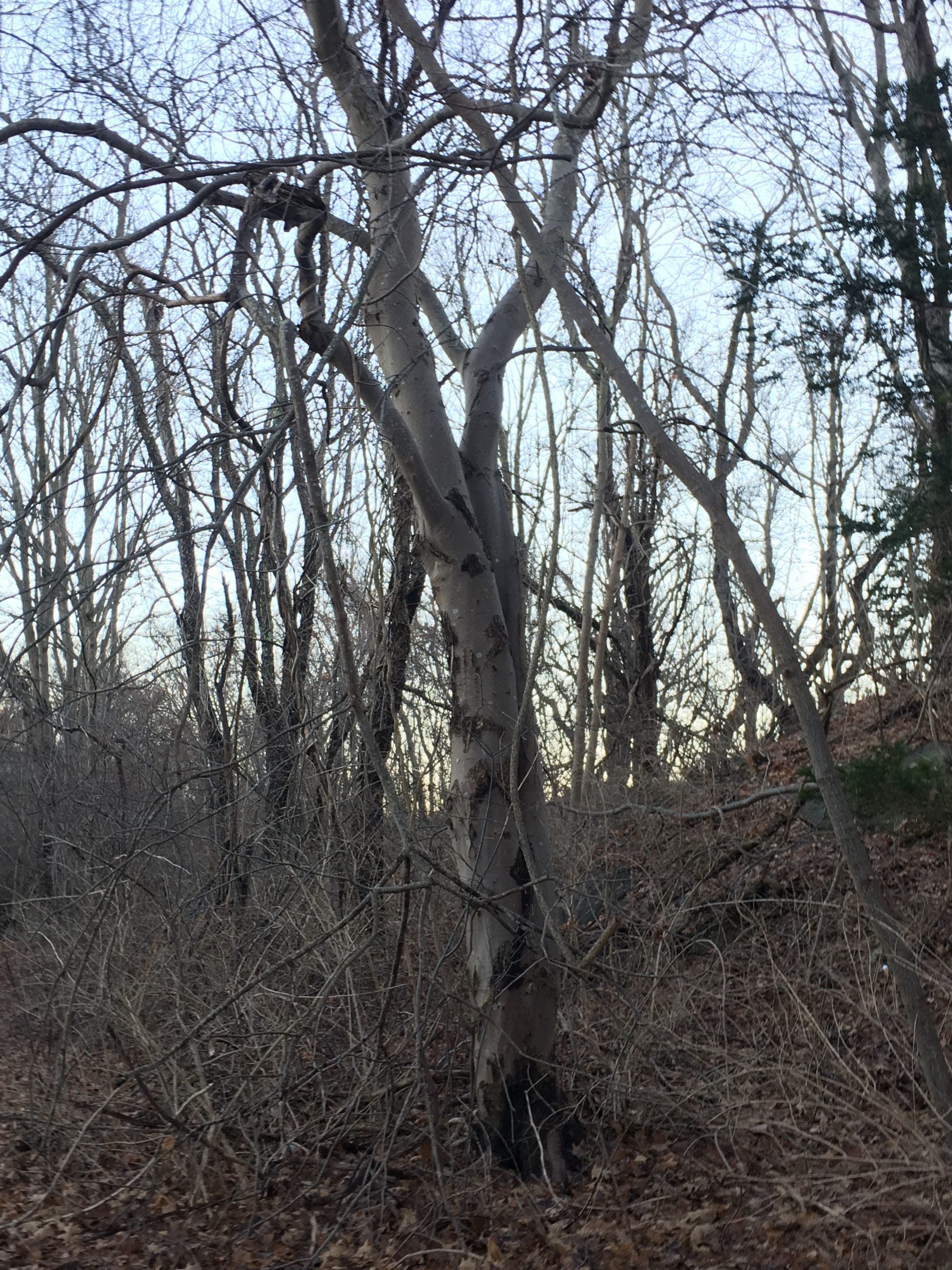SALEM — A crew of 16, including two city council members, were hard at work in front of the Horace Mann Lab School Sunday clearing the area of invasive bittersweet vines, which have been killing local cottonwood trees.
Salem resident Chris Burke organized the project, along with Richard Stafford, also of Salem, in hopes of increasing the biodiversity of the area.
“There’s been a real crash of native caterpillars, insects and birds in Salem,” said Burke. “And unless you have the grasses, shrubs and trees that go along with those, we’re going to continue to lose the native biodiversity. Cutting the bittersweet is part of that.
Bittersweet is an invasive species native to Asia that can devastate a local ecosystem if left unregulated.
“The bittersweet has the capacity to climb 70 or 80 feet up a tree,” said Burke. “Then it kills the tree by putting its foliage over the tree’s foliage. The binds are tight so they pull the branches down to the ground. I hate to see mature trees pulled down by the bittersweet.”
The bittersweet plant, made up of reddish-brown creeping stems and clusters of orange berries, can be found along many Salem roadsides, and in parks and forests.
The group focused on the area in front of Horace Mann (formerly Bowditch) because of the four large native cottonwoods that were being threatened by the bittersweet.
The crew, which dubbed itself the “Bittersweet Brigade,” included City Councilors Domingo Dominguez and Patti Morsillo.
“Everyone brought their own tool and method,” said Burke. “Charlie Lipson brought a knife — he likes to go low and get the root. Mike Dougherty goes high, using a ladder (and) taking the weight off. Demolition expert Richard Stafford had a battery-powered reciprocating saw, and Alexa Ogno looked like a landscape professional with her pole saw. Lots of us had the tried and true loppers.”
In total, Burke estimated that the crew had cut 1,000 stems of bittersweet in about two hours.
“I think we were completely successful in cutting the bittersweet that was threatening the crowns of the tree,” he said.
However, the work of the “Bittersweet Brigade” is far from finished, he said.
“We do need to go in and plant some native shrubbery if we really want to restore an area,” said Burke.
In the spring, the crew hopes to plant some tough native shrubs to sustain the ground that has been gained from the bittersweet.
Burke speculates that spicebush, witch-hazel and elderberry could be effective for this purpose.
The effort Sunday was part of a larger project aimed at reducing the negative effects of bittersweet on the environment, which has included projects at the Greenlawn Cemetery and in Salem Woods.
The “Bittersweet Brigade” will be back at work on Super Bowl, Sunday, February 7 at 10 a.m., working at the Forest River conservation area.

